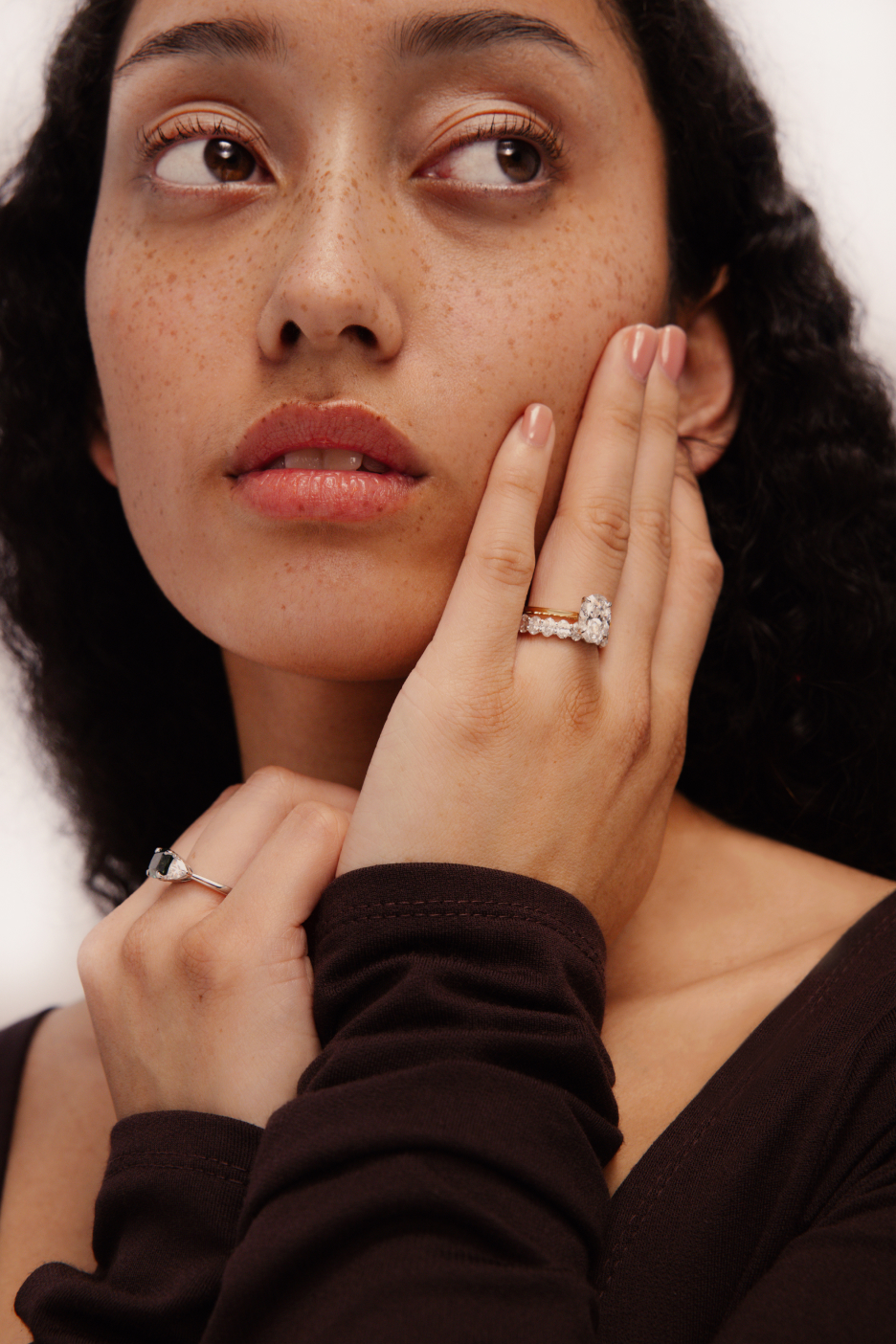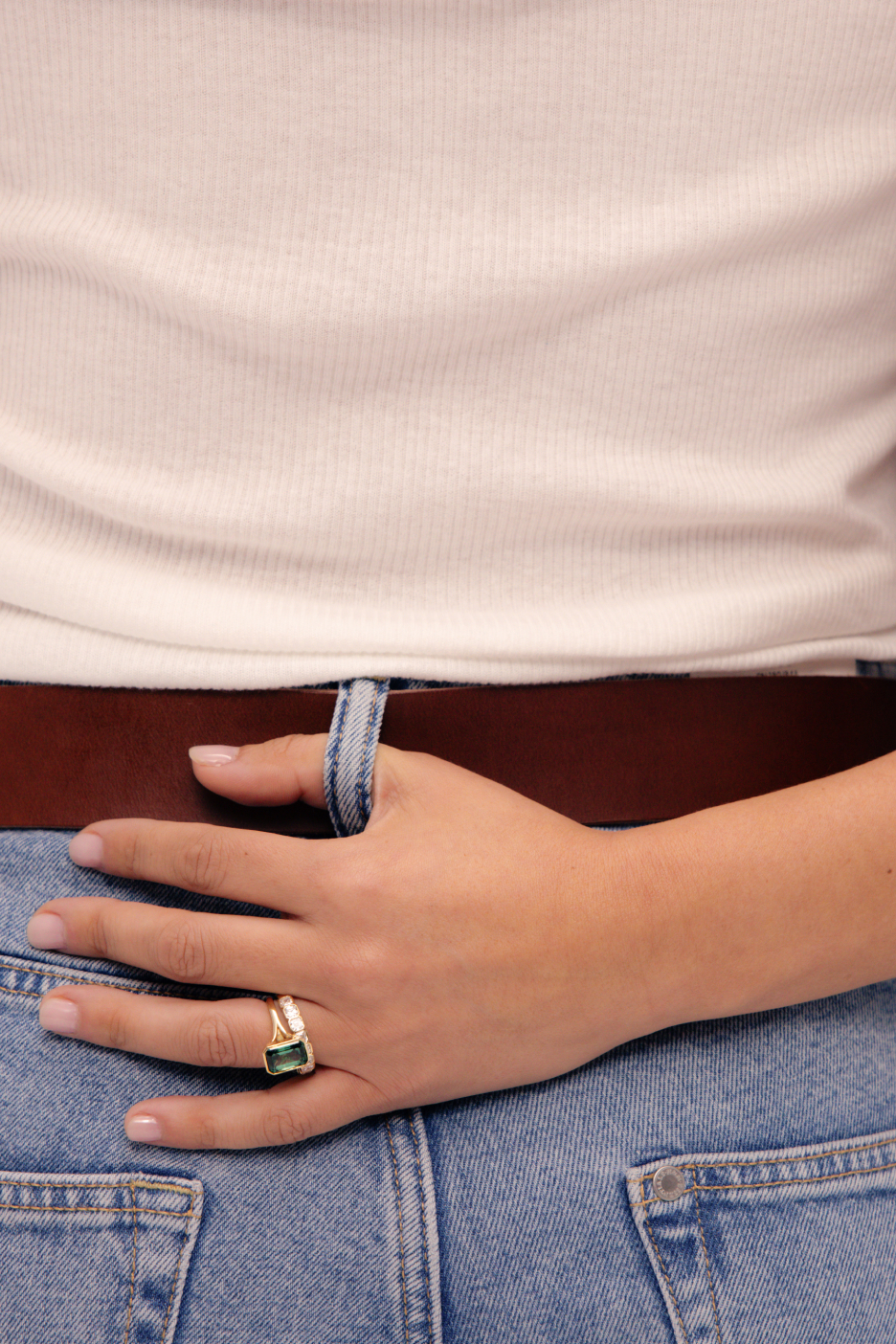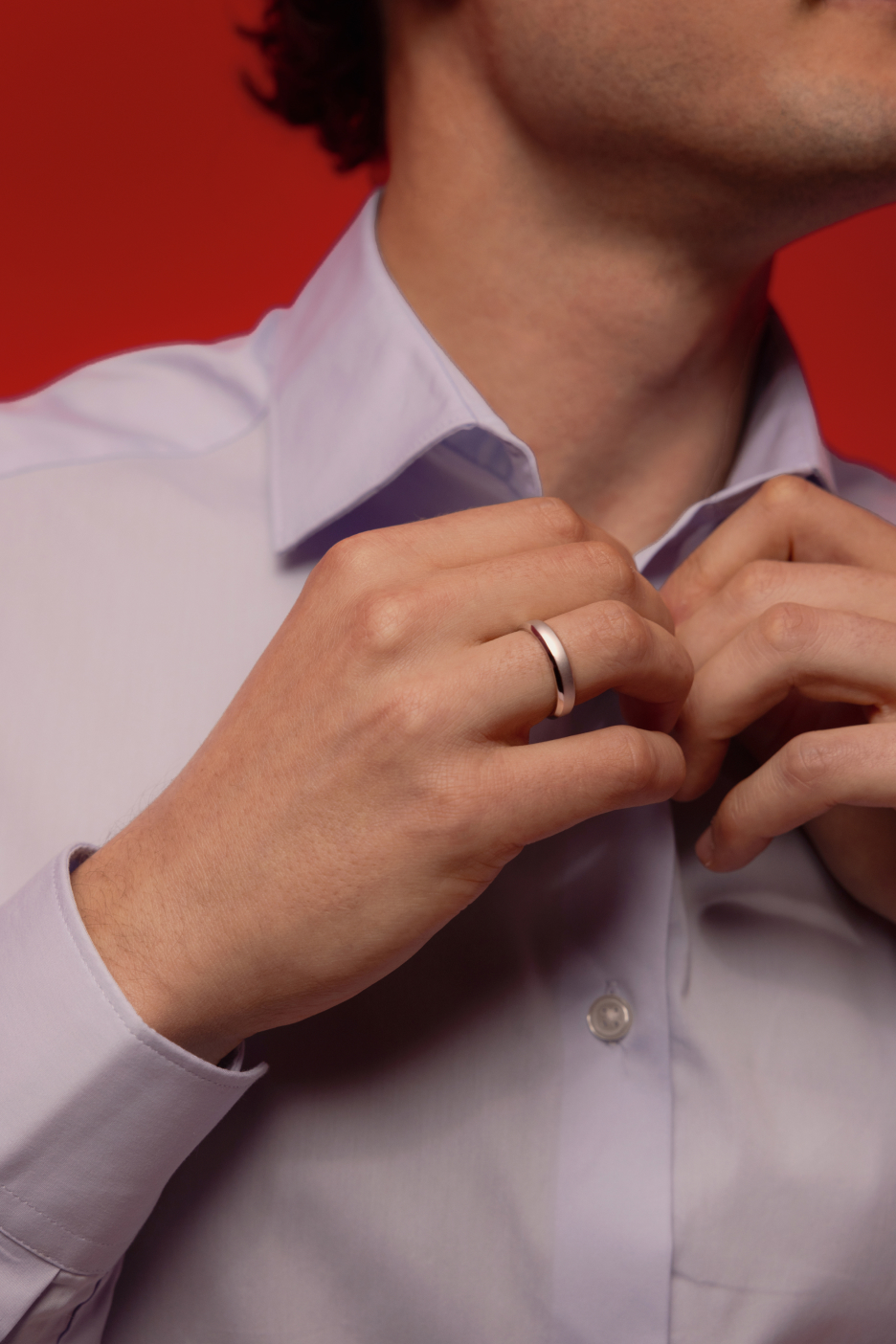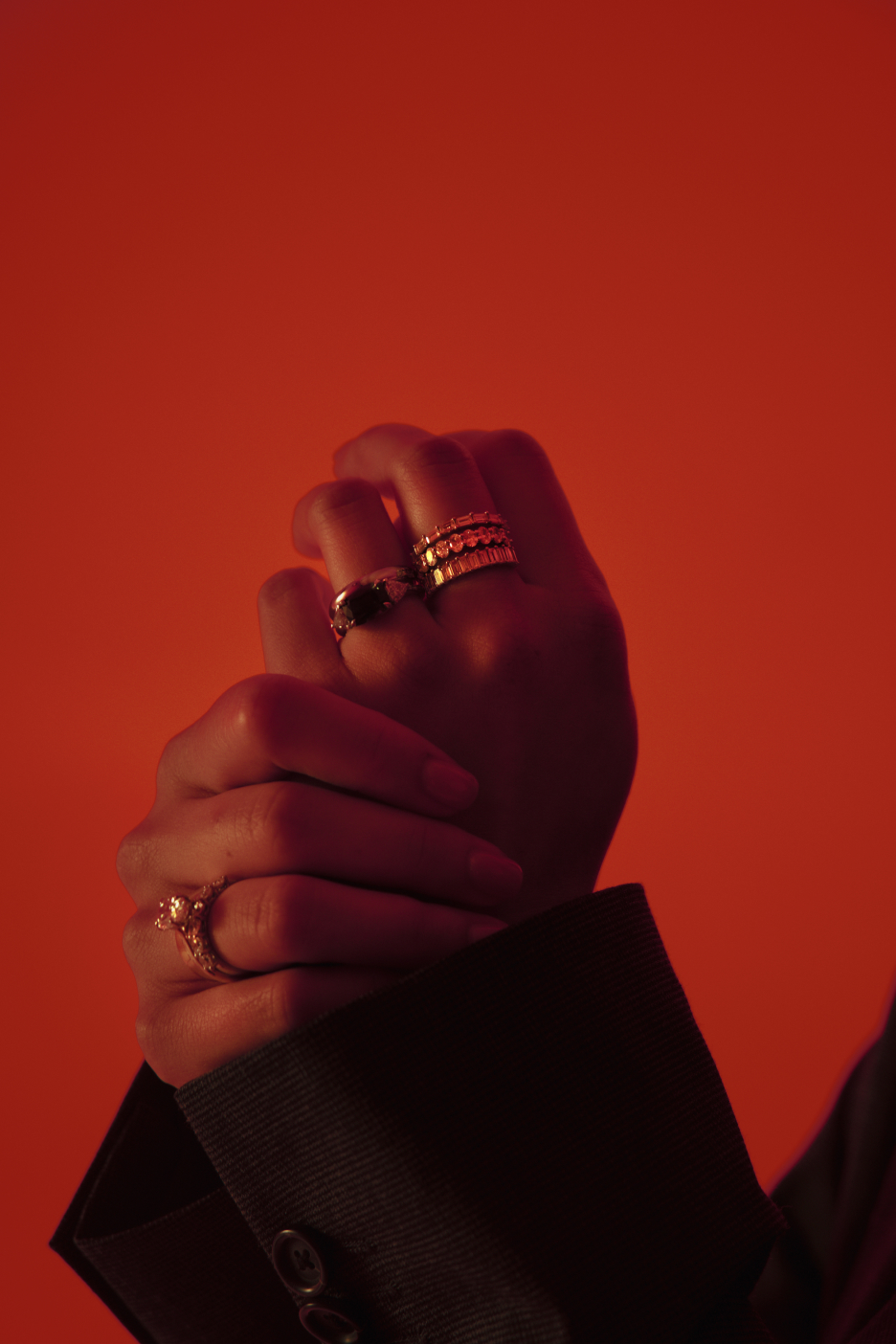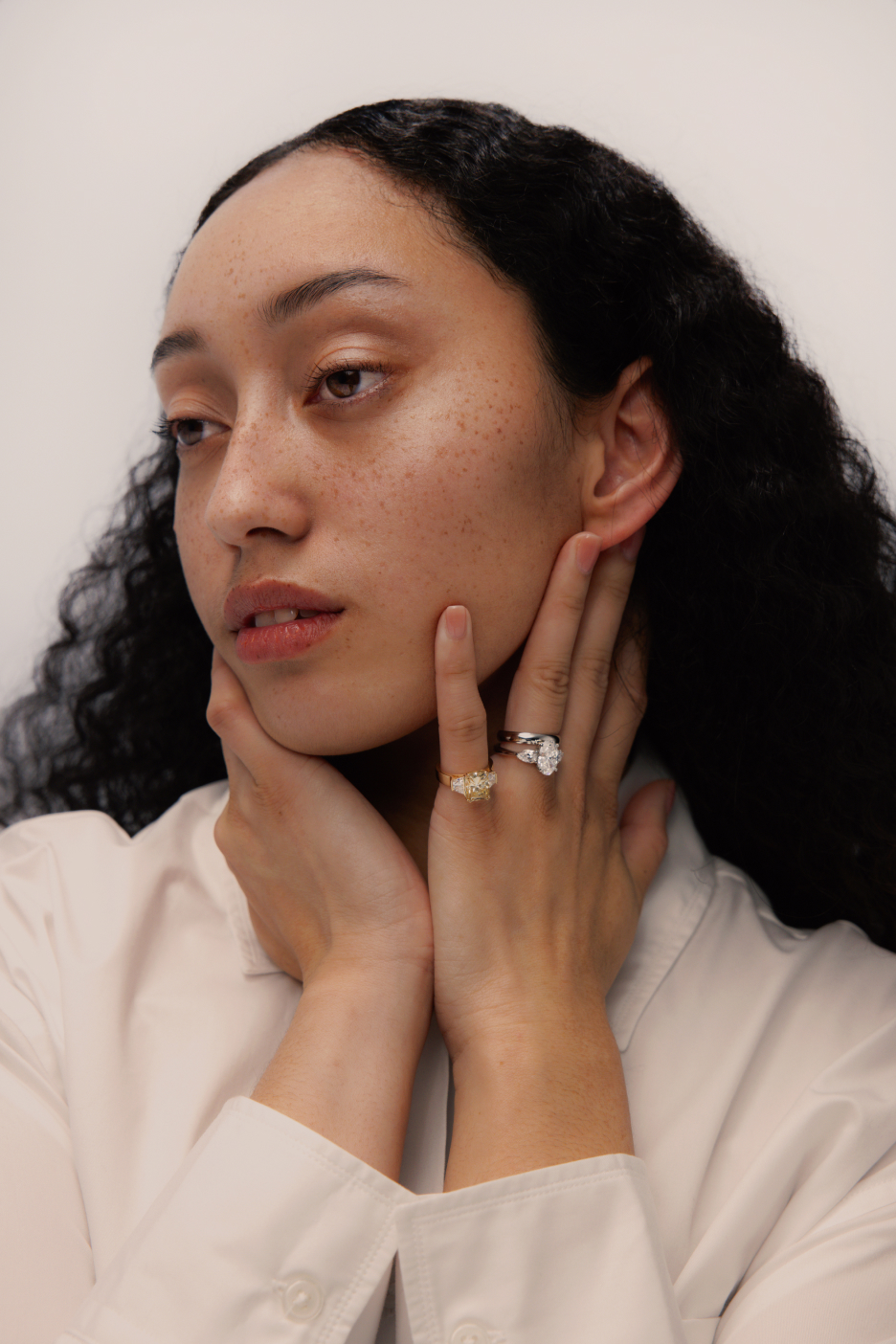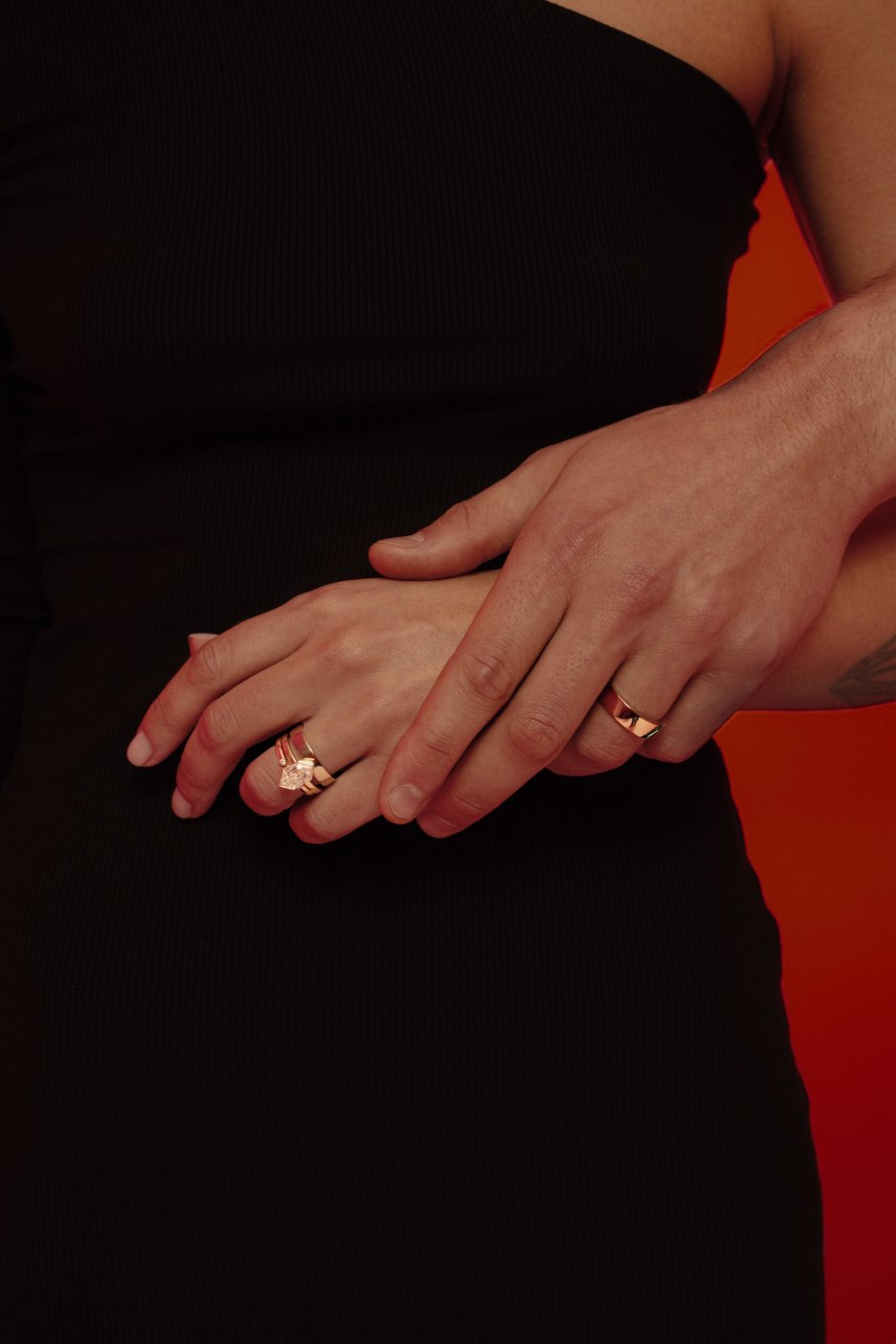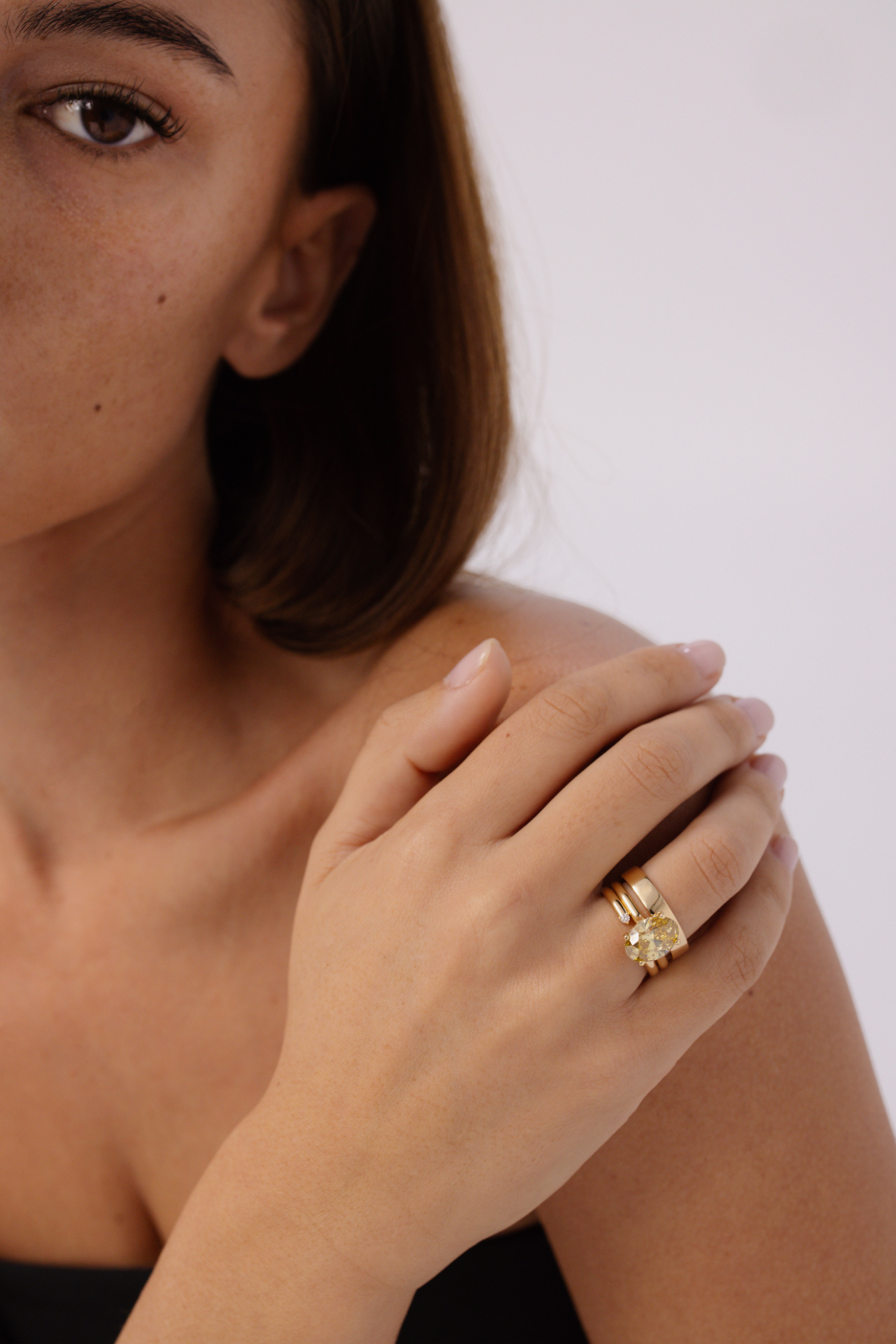How to talk to your friends about Lab Grown Diamonds

There has been an exponential rise in the number of couples opting to buy a lab grown diamond. In 2020, lab grown diamonds made up around 4% of engagement rings but this number is increasing rapidly year on year. Furthermore, in a survey conducted by Mayfair-based Rêve Diamonds in the UK, 60% of men would choose a lab grown diamond over a mined diamond. The same survey found that 50% of women would be happier with a larger lab-grown diamond over a smaller natural diamond which would cost more.
Below are some common questions that people typically have when wanting to know more about lab grown diamonds — and the answers that go with it.
Are lab grown diamonds fake diamonds?
The first thing to understand about a lab grown diamond is that it is not a fake diamond. Lab grown diamonds are diamonds. They are optically and physically exactly the same as a mined diamond. Both lab grown diamonds and mined diamonds are made from carbon. The only difference between the two types of diamonds is that mined diamonds have tiny traces of Nitrogen (which are impurities) whereas lab diamonds have no Nitrogen (lab-grown diamonds are made out of pure Carbon which makes a diamond a diamond in the first place).
What is the difference between lab grown diamonds and mined diamonds?
The major difference between a lab grown diamond and mined diamond is in the way that they are made. Lab grown diamonds are made in labs that mimic the conditions that are found in the Earth’s crust. Not even expert jewellers can tell the difference between lab grown diamonds and mined diamonds (because there are no optical or physical differences). To learn more about how both lab grown diamonds and mined diamonds are made, there is a great article about it here.
Why are lab grown diamonds cheaper than mined diamonds?
Mined diamonds are not actually as rare as the mined diamond industry wants you to believe. In fact, diamonds are actually the most commonly found gemstone. Rubies and sapphires are much rarer than diamonds. The reason that mined diamonds are so expensive is that De Beers controls the supply and price of diamonds.
In the early 20th Century, proposing with a diamond ring wasn’t even a thing that couples did. But a clever marketing campaign in the 1930s persuaded lovers that diamonds were synonymous with romance and that the measure of love was directly proportional to the size and quality of the diamond that was purchased. In 1977, another clever television advertising campaign led to just how much the “proposer” needed to spend on a diamond ring. In the advertisement, a couple is on a beach where a man proposes to a woman. It is followed by the caption “How else could two months’ salary last forever? A diamond is forever. De Beers.”
Lab grown diamonds are made in a lab. And there are about 150 labs around the world. And they are not controlled by De Beers. This means each lab is competing with each other in a way that free markets are intended to operate. The technology to make lab grown diamonds has actually been around for more than 50 years but the diamonds were not of a high enough quality to be used in jewellery. The original use-case for lab grown diamonds was actually for cutting in manufacturing. Only recently has this been achieved and the technology is only improving. The price of a lab grown diamond is determined by the price of electricity to run the labs, the experts to run the lab and the raw materials required to make the diamonds in the first place, and most importantly, the free market. Currently, lab grown diamonds are about 30% cheaper than mined diamonds.
Are lab grown diamonds the same as moissanites or cubic zirconia?
Lab grown diamonds are chemically and optically the same as mined diamonds. Moissanites and cubic zirconia have a different chemical composition than diamonds.
** Moissanites **
Each carbon can bind to four other elements. In a diamond (lab or mined), each carbon is bonded to another carbon forming a carbon chain which is then intertwined and “squashed together.” In moissanite, one carbon is bonded to three other carbons and one silicon atom. This gives it a different chemical and optical composition to diamonds. Moissanites at first glance can look like diamonds but they are more radiant in their appearance and they are not as hard as diamonds. But they are a fantastic alternative to diamonds. You can learn more about moissanites here.
Cubic Zirconia
Cubic zirconia is also not the same as a lab grown or mined diamond. Cubic zirconia is the cubic crystalline form of zirconium dioxide (ZrO2). It has a completely different chemical composition to diamonds in general. It is not as durable as a diamond (Mohr’s Hardness Scale rating of 8/10 compared to a diamond being 10/10). But cubic zirconia do have similar optical properties to diamonds. They can be colourless to the naked eye (giving it a rating similar to a “D” if compared with a diamond) but it has a different refractive index (2.15-2.18 vs a diamond having 2.42) and dispersion (0.058-0.066) compared to a diamond’s 0.044). This makes cubic zirconia a lot more shiny compared to a diamond and it also gives a bit more of a rainbow effect.
Can lab grown diamonds come in the same designs as mined diamonds?
Because lab grown diamonds and mined diamonds are practically the same thing, and it being indistinguishable to the naked eye, they can be designed in exactly the same way too. They are actually classified as the same object, and the same tools are used to design and polish the diamonds. With Four Words, you can design your diamond and engagement ring exactly the way that you want. Reach out to their concierge to learn more.
Are lab grown diamonds as durable as mined diamonds?
The hardness of a substance is measured using the Mhos Hardness Scale. Diamonds are the hardest material on Earth and come in at 10/10 on the scale. This is for both lab grown diamonds and mined diamonds. This means that lab grown diamonds are as durable as mined diamonds for everyday wear. They won’t shatter or break. Gemstones such as moissanites and cubic zirconia are not as hard as diamonds, but they are still quite durable.
Still have questions? Check out our blog for more information and support. If you would like to talk to someone about questions that you may have, leave us a message here.
